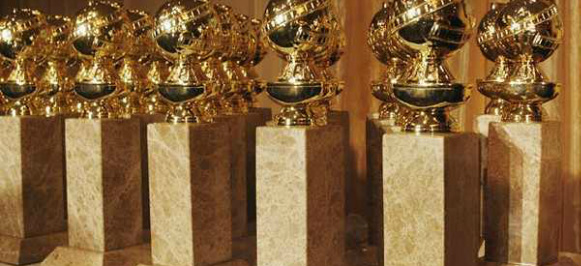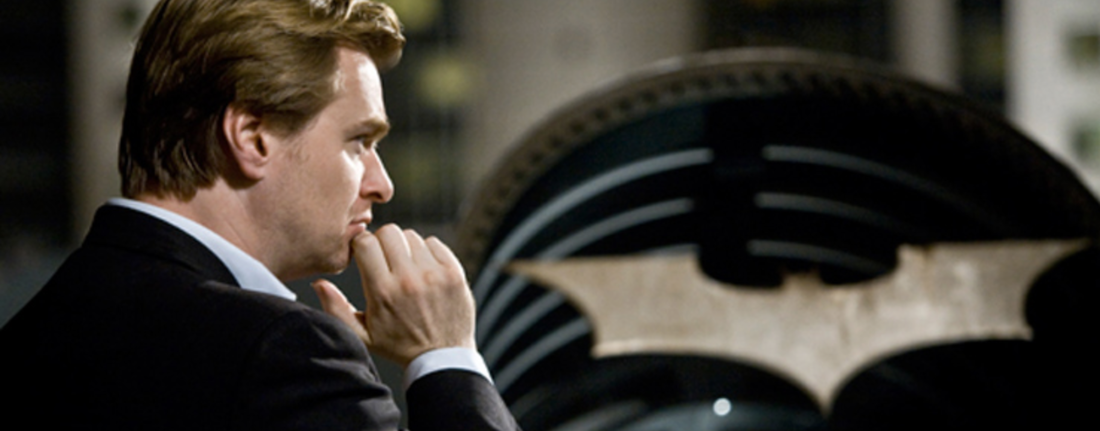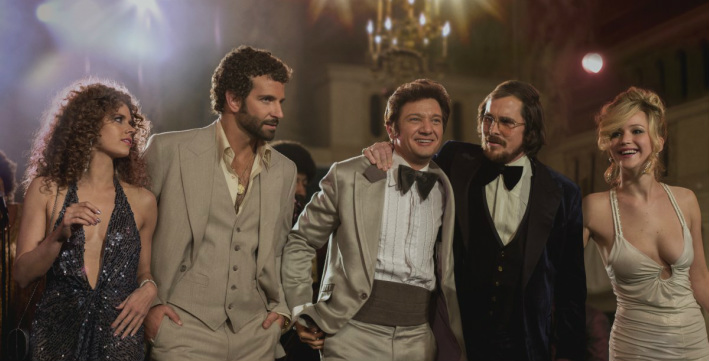Every November the Hollywood awards season begins with the Gotham awards and lasts until the Academy Awards ceremony usually in late February. This year the Academy Awards ceremony is delayed because of the Sochi Winter Olympics and will air on March 2nd. The awards season is a time where professionals in the fields of film, and television are recognized for their outstanding technical achievements and artistry. The People’s choice awards are not part of the Hollywood award season simply because they are not chosen by professionals within the industry.
The Hollywood Foreign Press Association (HFPA), are the ones who put on the Golden Globes every year. They were an organization that began in the midst of World War II. During the troubled times of the war a group of Hollywood journalists formed the Hollywood Foreign Correspondents Association. The primary desire was to bring unity between the foreign film market and Hollywood. They were trailblazers in the film industry because the foreign film market had fallen off after the First World War and the introduction of talking pictures.
Over the years there were disagreements, changes in the awards, and a new name given to the organization but in the end the Hollywood Foreign Press Association has persevered and become an outstanding organization. Beyond the Golden Globes awards they also donate a great amount to entertainment related charities. Whether it is scholarships or grants to film schools or charities whose focus is to preserve film and maintain the history of this medium the HFPA’s philanthropy has touched over 40 charities and donated over 1.2 million in 2012 alone.
The differences between the Globes and the Oscars can be difficult to see by even the most avid movie goer, especially if you don’t pay much attention to the press surrounding the awards season. Rather than compare the two award ceremonies allow me to simply tell you what makes the Globes different than the Oscars. The Golden Globe Awards is a much larger event. It is a catered dinner party with a greater focus on honoring entertainers. The Globe is considered more of an honor than a prize simply won. The main way this distinction is made is that the Globe will only be awarded to the honoree if they are in attendance. If the honoree chosen does not attend then it falls to the HFPA’s second choice.
The Golden Globes also recognize television in their ceremony with 11 of the 25 awards being given to television related categories. The Globes also make a distinction in film categories by having separate awards for comedy/musicals, and drama. It only seems appropriate that foreign films are more often recognized by the Hollywood Foreign Press Association. The percentage of foreign films that receive nominations for Golden Globes is markedly greater than for Oscars. The final aspect that makes the Golden Globe stand out is that there are less than 100 people responsible for making the decisions. The HFPA is a very elite organization that only allows up to 5 new members each year. These are the people who chose who to honor. And these are the ones who donate millions to charities. These 93 individuals are the ones responsible for throwing the biggest party of the year.
For a list of all the winners from this year’s show please click the link below.
Golden Globe Winners





 RSS Feed
RSS Feed
